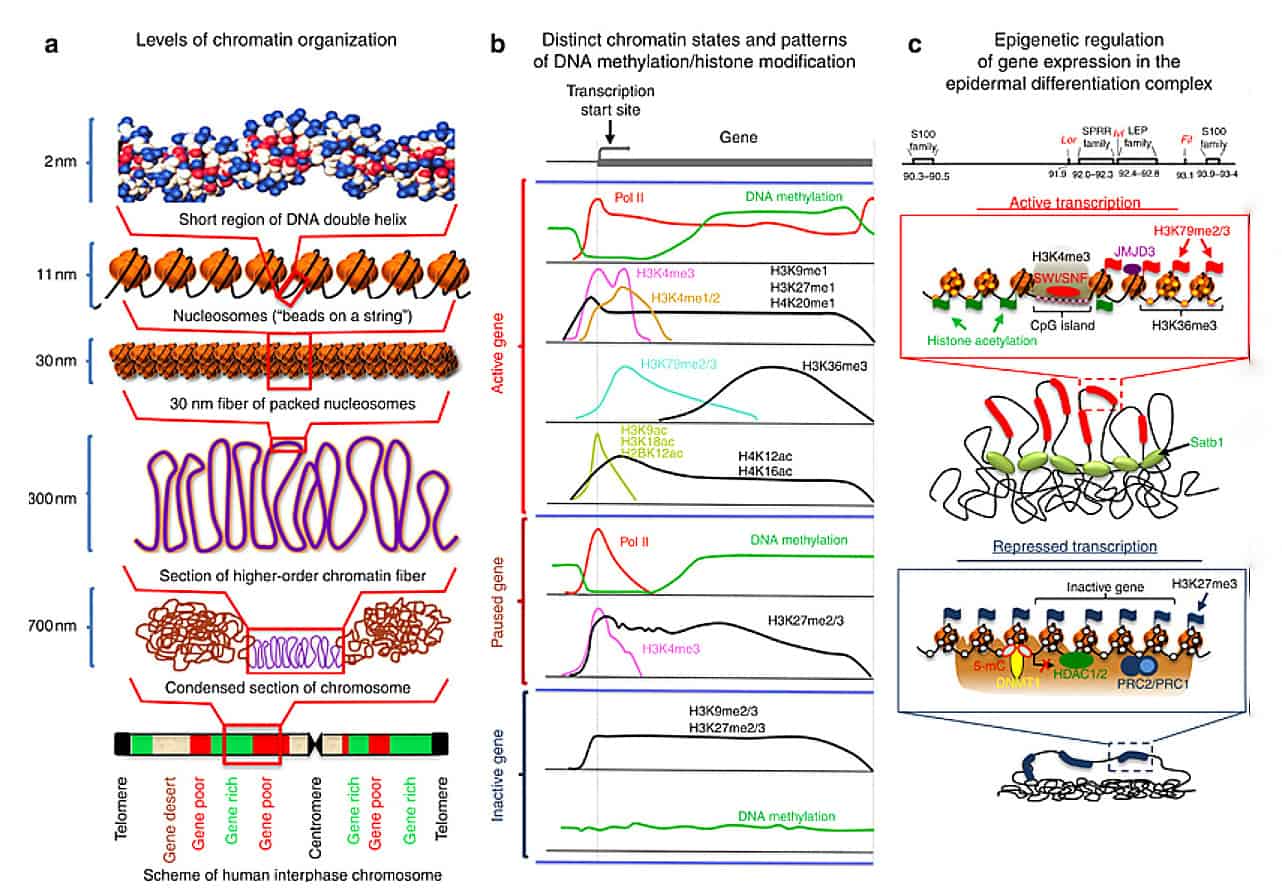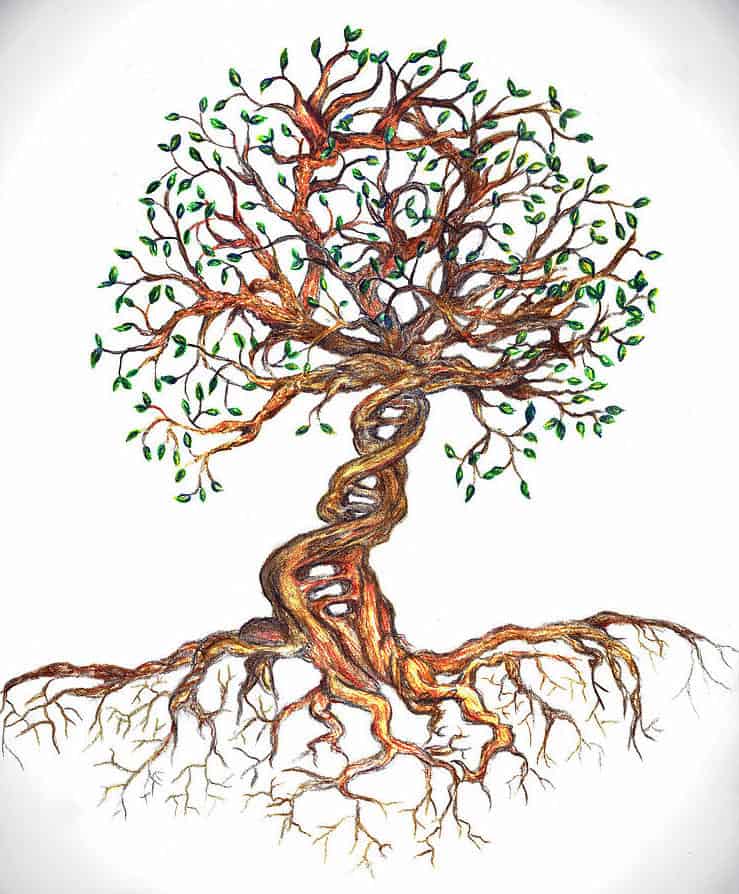Energy Use and Conservation
Entropy and Life
The first law of thermodynamics is simply a statement of energy conservation. That is, it states that energy can always be accounted for, that the energy of the universe is a constant. The second law of thermodynamics involves the concept of entropy and can be summarized in many different statements, including the following:
- All natural processes tend toward increasing disorder or entropy. And although energy is conserved, its availability is decreased. Using our word, net entropy is always increasing, not decreasing.
- The entropy of a system is proportional to the logarithm of the probability of that particular configuration of the system occurring. The more highly ordered the configuration of a system, the less likely it is to occur naturally – hence the lower its entropy.
- For an irreversible process in an isolated system (a system not subject to outside influence), the thermodynamic state variable known as entropy is never decreasing.
Based on the ideas of Lord Kelvin, Joule, Boltzmann, Carnot, and Clausius, the first and second laws of thermodynamics can now be restated in two profound sentences:
- The total energy of the universe is a constant.
- The total entropy of the universe always increases.
And these two fundamental principles of nature describe how the universe supposedly works…
However, there apparently is a law that is higher than the second law of decay and entropy (the law of sin and death), a law that can and does supersede it called “the law of the Spirit of life” in the Bible. In the real world we may simply observe that for things to fall apart they must first come together. And, as we can also observe, living organisms are apparently characterized by the process of coming together from simple organic structures to more complex systems. In other words, the second law of thermodynamics has been overcome in our universe by a continuously involved “outside influence” from the spiritual realm, otherwise known as God.
He took energy, dispersed matter and light into the time and space of our dimensions, and formed the worlds in a beautifully planned and orderly way.
Genesis 1:14-18 And God said, “Let there be lights in the expanse of the heavens to separate the day from the night. And let them be for signs and for seasons, and for days and years, and let them be lights in the expanse of the heavens to give light upon the earth.” And it was so. And God made the two great lights—the greater light to rule the day and the lesser light to rule the night—and the stars. And God set them in the expanse of the heavens to give light on the earth, to rule over the day and over the night, and to separate the light from the darkness. And God saw that it was good.
Note: While there are still some unresolved questions about how the sequence of events in Genesis differs from that suggested by scientific theories like the Big Bang, the orderliness of their laws, balance, and functioning are nothing short of exquisite.
The problem is that everything we have discovered in the universe as we know it wasn’t there before the Big Bang—somehow it all came together over time in a remarkably organized kind of way. In other words, entropy decreased during the developmental stages of the universe, and is still decreasing when life is formed and healing takes place.
Where, what, or Who is this “outside influence” that continues to override the Second Law of Thermodynamics?
Light guides order



